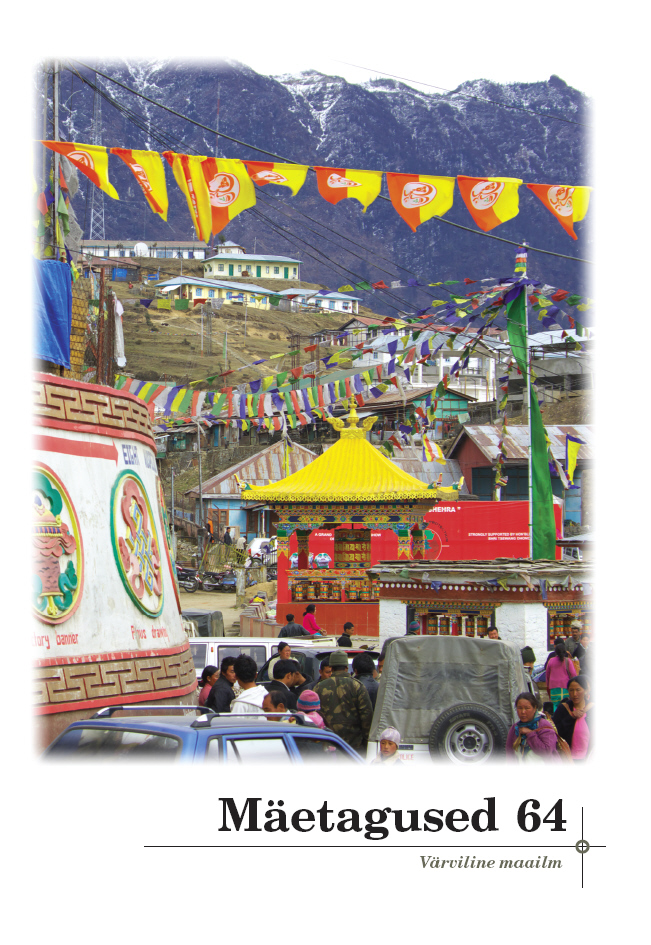Mis värvi on muinasjutt?
What is the colour of fairy tales?
Author(s): Kärri Toomeos-OrglaanSubject(s): Customs / Folklore, Cultural Anthropology / Ethnology, Culture and social structure
Published by: Eesti Kirjandusmuuseum
Keywords: beauty; corporeality; colour symbolism; fairy tale
Summary/Abstract: The article presents a research of the usage of colours in Estonian fairy tales and the associations that are created by means of colours. The topic of colour usage also includes the aspect of corporeality that generates a critical discussion on the presentation of a woman in fairy tales. The symbolical meanings of different colours in fairy tales largely overlap with their meanings in folk belief and runo songs. The colours that are particularly meaningful are black, white, and red. Also, such colours as grey and gold occupy special places in fairy tales. In addition to physical description, colours are used to present characters’ or objects’ inner values, also expressing the way they differ from the ordinary, or hinting at the magical qualities they may possess. Black and white form a pair of opposites, symbolising good and evil, beauty and ugliness, life and death. Those meanings remain with them also in case one is being used without the other. The colour red represents health, fertility, and beauty; that is why it is frequently used in the descriptions of women. At the same time, the colour red can be used as an opposite to white, having in this case a negative meaning. Gold and other metals show the object’s magical characteristics, but at the same time also its value. Possessing a golden object can also hint at the owner’s high moral values. The colour grey represents wisdom but it can also be seen as a colour that disguises magical as ordinary.
Journal: Mäetagused. Hüperajakiri
- Issue Year: 2016
- Issue No: 64
- Page Range: 35-56
- Page Count: 22
- Language: Estonian

